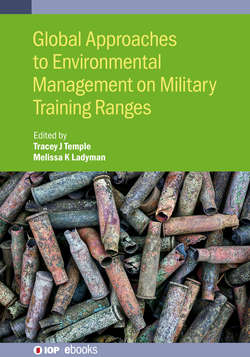Читать книгу Global Approaches to Environmental Management on Military Training Ranges - Tracey Temple - Страница 39
На сайте Литреса книга снята с продажи.
Materialization error
ОглавлениеMaterialization errors (MEs) are caused by a lack of sample correctness that creates a sampling bias. While analytical biases are routinely estimated for analytical measurements, sampling bias is very difficult, if not impossible, to estimate. Sampling bias is inconsistent and therefore conventional bias correction techniques to estimate and correct bias cannot be employed. It is therefore critical that errors of bias are minimized as much as possible so the effect on sampling error is minimized to an insignificant level.
The correct increment shape for surface soils is a cylinder. Incorrect shaped increments will cause a bias in the concentration estimation. The concentration of the analyte in the increment will differ between the examples shown below for analytes that reside primarily on the surface. Only the mass collected in a core configuration will give the true concentration to the desired depth. Increments also need to be approximately the same mass to ensure uniform representation of the areas within the DU from which they are taken. Consistent increment mass is more easily controlled by using a coring device than a scoop or trowel. Scoops should only be used in the rare instance when a coring device will not work. Trowels are strongly discouraged because of their gross inaccuracy. When a scoop is used, great care must be taken to ensure that an approximately cylindrical shape is collected and that the increment masses are consistent. CRREL has developed a tool for the collection of unbiased surface soil (0–5 cm) samples (see the next section on error). This tool allows for the rapid and consistent collection of multiple increments [21].
